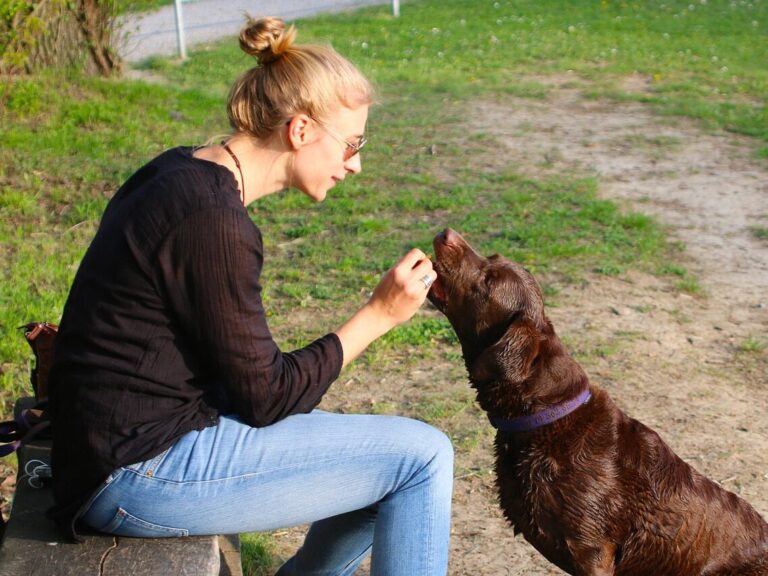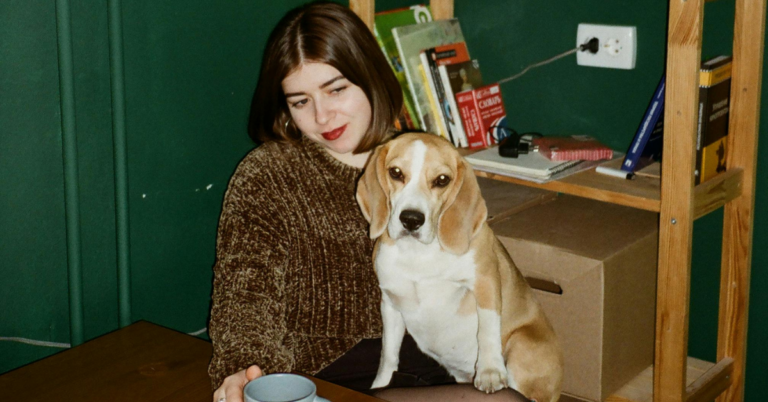20 Fascinating Dog Breeds With One-Of-A-Kind Genetics

Dogs exhibit an incredible difference in shapes and sizes, yet their distinctions extend beyond mere appearance. Genetics shapes everything from coat texture to vocalization, influencing each breed’s distinct characteristics. Some breeds stand out due to unique mutations and selective breeding over generations. If rare canine traits pique your curiosity, here are 20 dogs with surprising genes.
Norwegian Lundehund

A marvel of canine adaptation, the Norwegian Lundehund possesses six toes on each foot. Historically, this feature allowed the breed to excel in puffin hunting, piloting treacherous terrain with ease. While its feet are an obvious point of fascination, its adaptable joints hint at the genetic factors influencing skeletal structure.
Peruvian Inca Orchid

The Peruvian Inca Orchid stands out for a rare genetic quirk—it’s mostly hairless. While this makes it a great choice for allergy sufferers, it also means the breed needs regular skincare to avoid irritation. Interestingly, the lack of fur helps it stay cool or warm, depending on the weather.
Thai Ridgeback

Thai Ridgeback is one of the few breeds with a ridge of hair growing in reverse along its spine. Some studies suggest this distinctive feature evolved through natural selection, possibly aiding in communication or deterring pests. With a lineage tracing back thousands of years, it is living proof of the preservation of unique genetic markers.
Catalburun
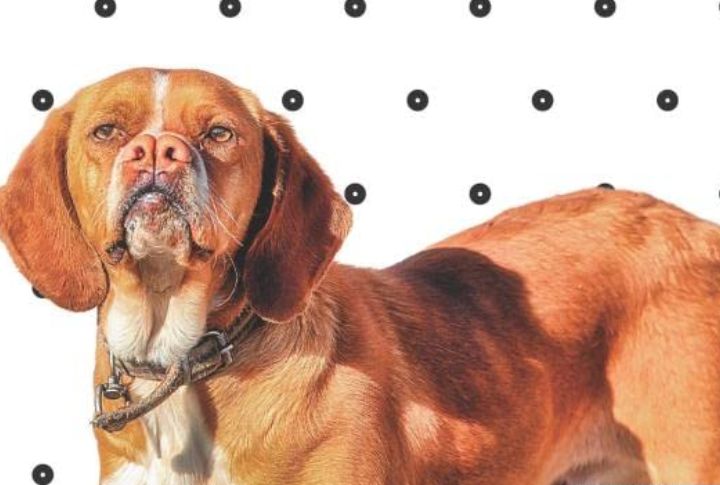
Catalburuns are a breed that is unlike any other. Their split nose makes them stand out. Native to Turkey, this hunting dog’s divided nostrils may enhance olfactory precision, though definitive studies remain inconclusive. Its striking facial structure serves as a fascinating example of spontaneous morphological divergence.
Lagotto Romagnolo

Known for its truffle-hunting prowess, the Lagotto Romagnolo owes its exceptional scent detection to specialized olfactory receptor genes. These genetic adaptations grant the breed an unparalleled ability to locate fungi buried deep underground. Additionally, its dense, curly coat provides protection from environmental debris.
Azawakh

Selective genetic development gave the Azawakh its ultra-lean body for endurance rather than speed. This West African sighthound thrives in desert climates, where sustained movement is important for survival. Researchers continue to study its physiology to better understand extreme athletic adaptations.
Catahoula Leopard Dog

Pigment-related mutations have given the Catahoula Leopard Dog a merle-patterned hair and eyes that don’t match. Heterochromia, which causes different-colored eyes, adds to its distinctive appearance. As Louisiana’s official state dog, it remains a prime subject for studies on spontaneous coat pattern development.
Telomian

Native to Malaysia, the Telomian is known for its impressive climbing skills and agile build. Its unusual skeletal structure helps it navigate rough, uneven terrain with ease. Scientists are still studying the breed’s unique traits, especially its flexible limbs, and how it has adapted to life in challenging environments.
Karelian Bear Dog
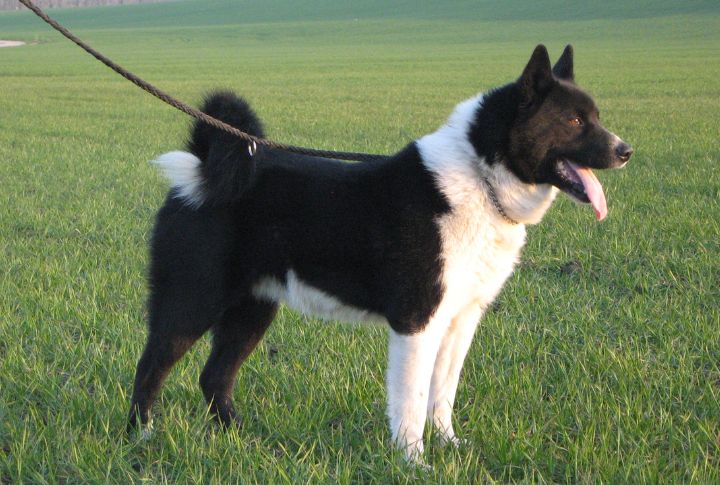
This Finnish breed was historically bred for hunting large predators, including bears. Its genetic makeup contributes to its resolute temperament, ensuring it remains fearless in high-risk encounters. While its imposing stance may suggest aggression, careful training makes it a dependable companion for specialized work in conservation and wildlife management.
Mudi
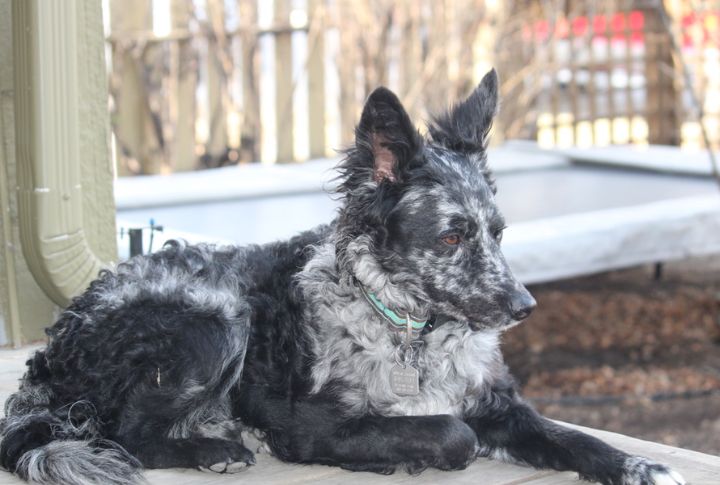
Originating in Hungary, the Mudi is prized for its sharp mind and quick reflexes. Its unique curly coat—thanks to a rare keratin mutation—not only gives it a striking look but also helps shield it from the elements. Years of selective breeding have shaped a dog that’s both alert and adaptable.
Otterhound
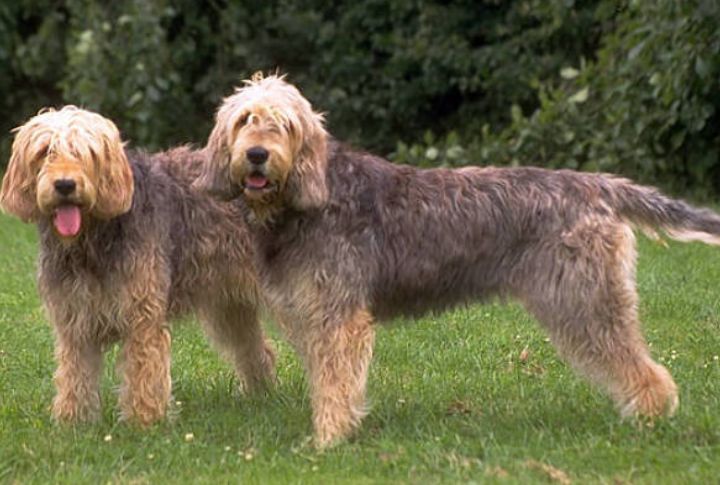
The Otterhound is characterized by its webbed feet and a dense, water-resistant coat, which enable it to thrive in wet environments. Historically, it played an important role in tracking otters. Today, its physical attributes remain a testament to how generations of breeding have honed it for life in and around water.
Bergamasco Sheepdog

This breed is known for its thick, felted coat, which features a unique layering of hair that provides natural protection against harsh weather. This coat isn’t merely aesthetic—it serves as insulation against temperatures. Genetic studies on its keratin composition continue to uncover insights into how coat texture contributes to adaptation.
Saluki

An ancient desert hunter known for its astonishing speed, Salukis typically reach velocities of 30–35 mph. Their lightweight structure and streamlined musculature maximize efficiency, enabling swift directional changes while maintaining momentum. Their lean frame and deep chest serve to improve lung capacity for sustained exertion and reduce drag.
Skye Terrier
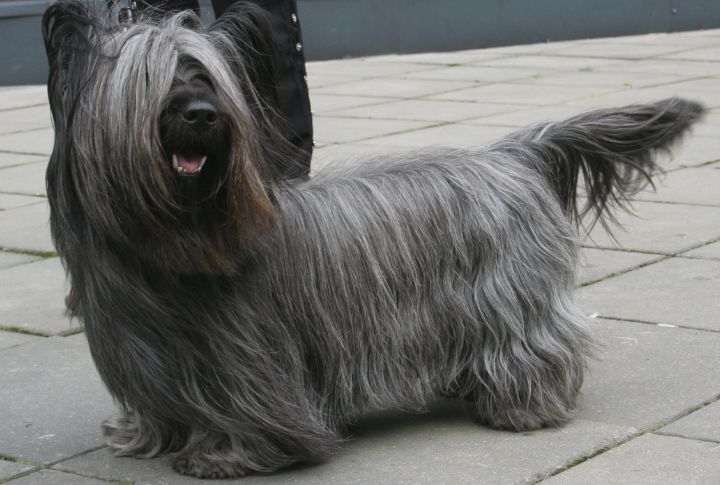
Developed in Scotland, the Skye Terrier is distinguished by its elongated body and short legs. Its traits result from a genetic condition known as chondrodysplasia. Originally bred for hunting vermin in rocky terrain, this energetic breed maneuvered through narrow crevices with remarkable efficiency.
Ibizan Hound

An ancient breed of sighthound originating from the Mediterranean, the Ibizan Hound has a thin body and ears that stand straight up. This auditory advantage allows it to detect subtle sounds during hunts. Its ancestry showcases how selective breeding preserved important survival traits over centuries.
Cirneco Dell’Etna
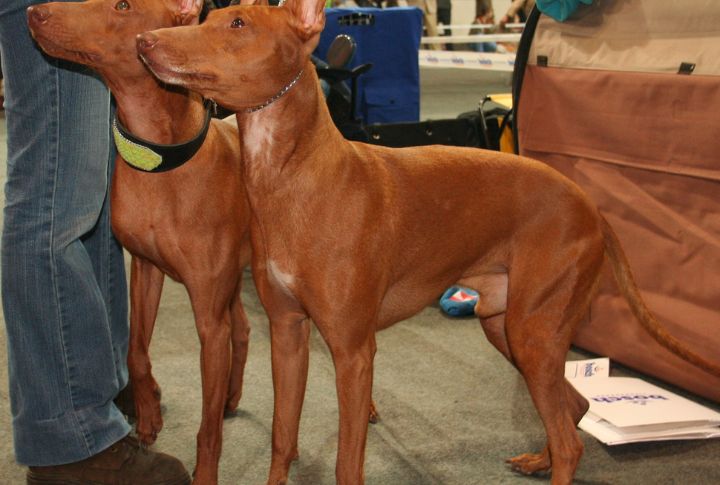
Native to Sicily, the Cirneco dell’Etna is built for endurance rather than brute strength. Its lightweight bone density enhances agility, which allows for quick movement across rocky terrains. Adapted to extreme climates, this coursing dog’s refined physiology continues to be studied for its genetic contributions to speed and stamina.
Tibetan Mastiff

Tibetan Mastiffs have special physiological qualities to survive cold and high altitudes as Himalayan peak guardians. Unlike lower-elevation breeds, its body efficiently processes oxygen in thin mountain air. With its protective instincts deeply ingrained, this formidable breed remains a symbol of ancient canine adaptation.
New Guinea Singing Dog
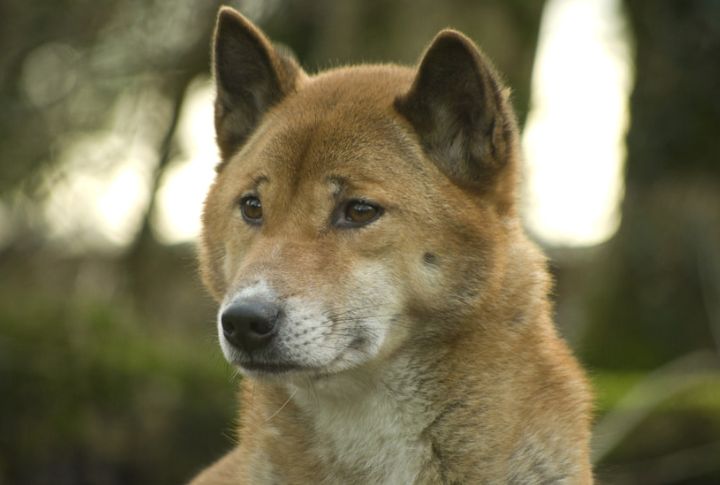
Rare and elusive, this dog is recognized for its unusual vocalizations that resemble harmonic singing. Scientists studying its genetic makeup note key differences in its vocal cord structure. Its distinct acoustic abilities serve as a window into the evolutionary pathways of domesticated dog breeds.
Xoloitzcuintli

The Xoloitzcuintli is one of the world’s oldest dog breeds, easily recognized by its hairless appearance. This trait helps the breed regulate body heat, making it adaptable to different climates. With a history that stretches back thousands of years, the Xolo is a living link to ancient canine lineages.
Basenji

The Basenji, a breed from Central Africa, doesn’t bark like other dogs. Instead, it makes a yodel-like sound because of the way its larynx is shaped. It’s a quirky trait that not only makes the breed stand out but also gives us a peek into how dog sounds have changed over time.




